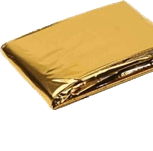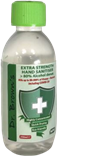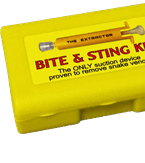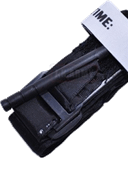A standard first aid kit takes the form of a case or box, in which all the basic items are stored that we might potentially need to provide first aid to an injured person and, in extreme cases, to save a life.
The first-aid kits include medical supplies, which are precisely defined for motorists, for example. While the transport of a first-aid kit in a car, on a motorcycle, or on a moped is mandatory by law, we don't need to have such a set on nature trips. However, those who are prepared are not surprised. So, it is still better to take some kind of first-aid kit with you into nature as well.
Prepared Sets
Most of the first-aid kits and first aid sets available with us are pre-prepared, so you don't have to worry too much about what to put in them. Of course, if there is space in a case and you can fit something extra in there, you can add an accessory according to your discretion (such as a tourniquet). However, we recommend familiarizing yourself in advance with the individual elements of the set and getting accustomed to using them so that in an emergency you always intuitively reach for what is needed.
With pre-prepared first aid sets, you will find the contents of a particular set in the product description. This way, you can choose exactly the one that fits your needs. If you are not completely sure, you can use our first-aid kit selection guide (you can find the link below).
Bear in mind that on the road, you will primarily not be dealing with major injuries, although that can happen too. More likely, you will be removing ticks from yourself and dogs with tweezers, removing something from the eye with cotton swabs, giving activated charcoal to someone with stomach issues, disinfecting an abrasion, and similar. And a first-aid kit with basic equipment should be equipped precisely for such situations.
Optimal First-Aid Kit Size
The optimal size of a first-aid kit does not have to be excessive – perhaps a bit paradoxically. The basic items you need to handle the above situations can typically be found even in the cheapest ones. These are sterile bandages, cleaning swabs, a safety pin, tweezers, stitches, plasters, cotton pads, and other equipment.
If you are going on a larger expedition or somewhere with more people (from one family to a summer camp), it is of course appropriate to get a slightly larger first-aid kit. This is because the likelihood of something happening during the event increases. For such events, it is better to be equipped with two sets. One basic one, which you will always have with you, and a medium-sized "backpack" set, which you will have at a designated place in the camp or campsite.
Usage Period
As we have already indicated, you can equip your first-aid kit with your own items. And in some cases, it is even more than appropriate. Like everything else, medical materials age and have a certain shelf life, after which their proper function is no longer guaranteed. Therefore, it is advisable to regularly check the contents and replenish them as needed.
Then there are empty cases, which are ideal for transporting a first-aid kit or specifically equipping with individual medical supplies. These cases are also suitable for tactical purposes and professional use by those who know exactly how to handle them. However, if you are sufficiently equipped at home as a layperson, such a case may come in handy.
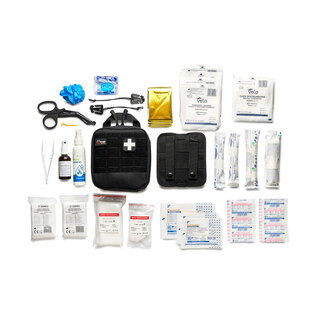


Black Front® PTR equipped home first aid kit
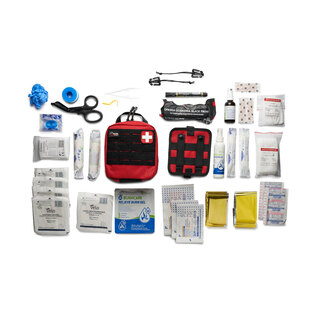


Black Front® PTR equipped company first aid kit
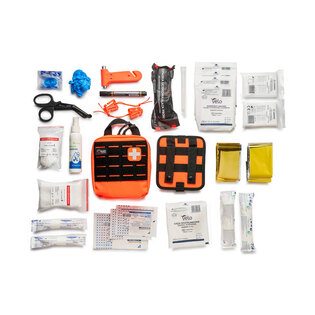


Black Front® PTR equipped car first aid kit
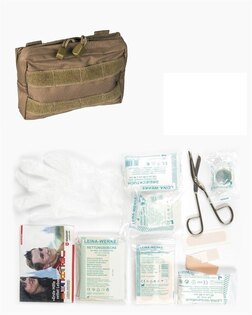


Leina Werke® 25 Pro Small First Aid Set
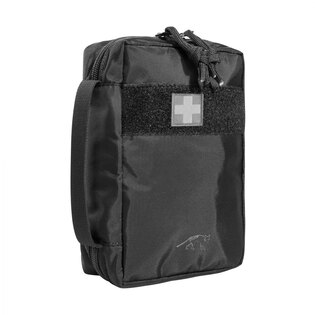


Tasmanian Tiger® First Aid Kit MK II
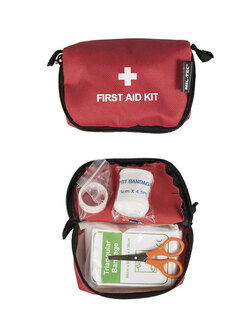


Military first aid kit, small Mil‑Tec®
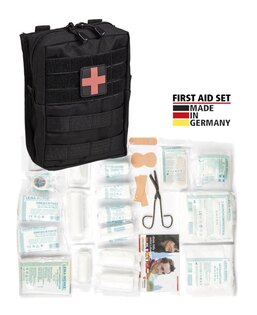


Leina Werke® 43 Pro Large First Aid Set
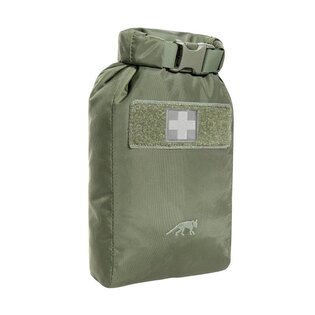


Tasmanian Tiger® First Aid Basic waterproof kit
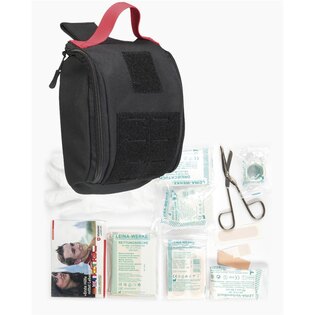


Mil‑Tec® Laser Cut IFAK
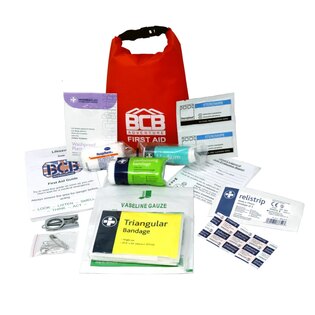
BCB® First Aid Essentials Kit in Dry Bag
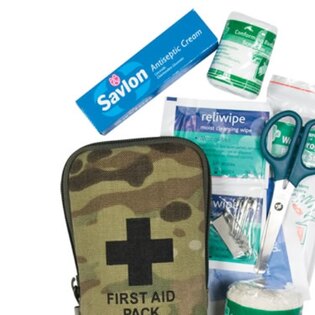
First Aid Kit Web‑tex®
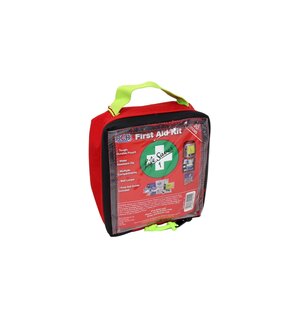
BCB® Lifesaver I First Aid Kit (Basic)
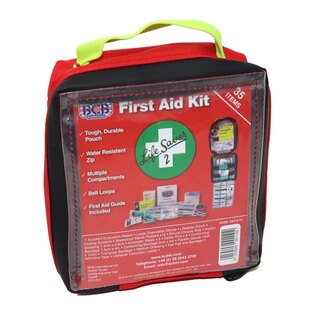
BCB® Lifesaver II First aid kit
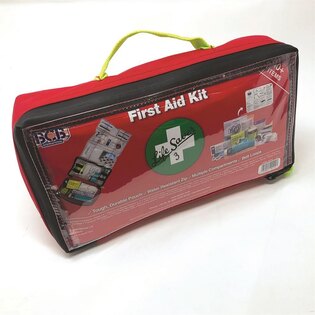
BCB® Lifesaver III First Aid Kit (Advanced)
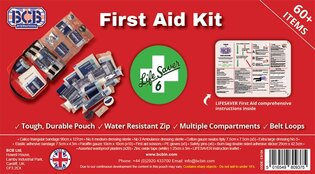
BCB® Lifesaver VI First Aid Kit
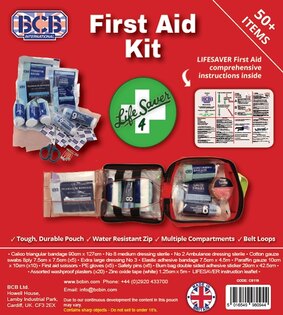
BCB® Lifesaver IV First Aid Kit
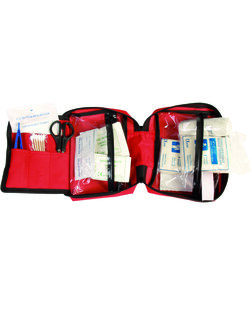


Mil‑Tec® first aid kit, large
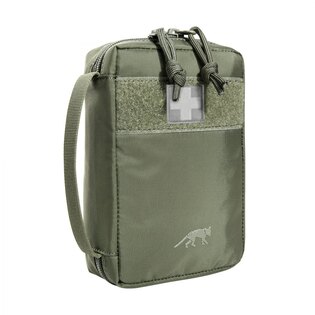


Tasmanian Tiger® First Aid Basic kit
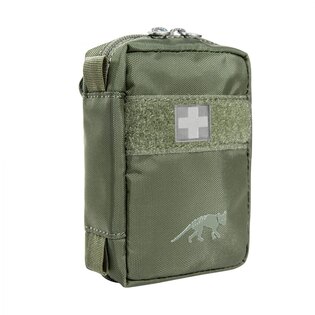


Tasmanian Tiger® First Aid Kit Mini
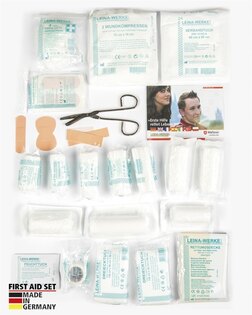
Leina Werke® 43 Pro Spare Set
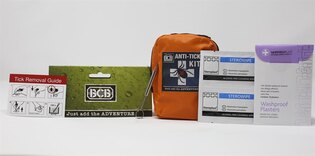
BCB® Anti‑Tick Kit
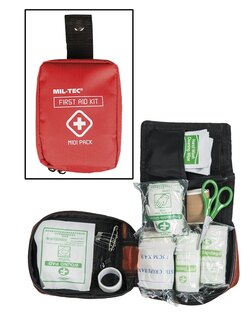


Mil‑Tec® First Aid Kit Midi
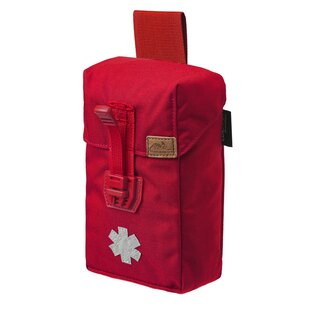


Helikon‑Tex® Bushcraft First Aid Kit Case







































































































































